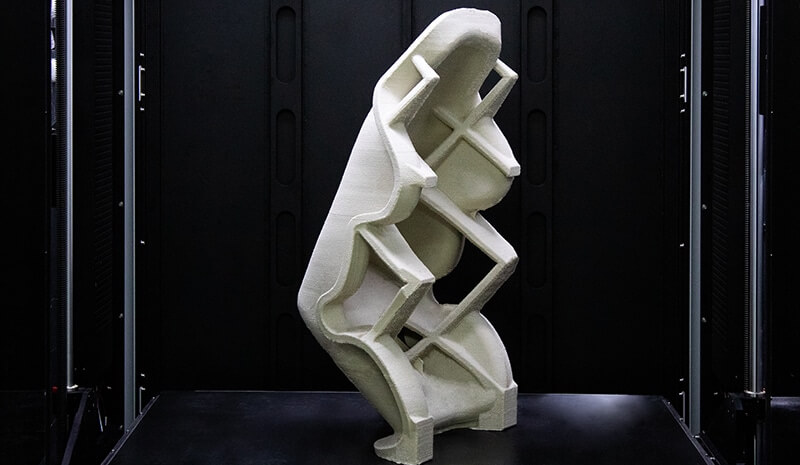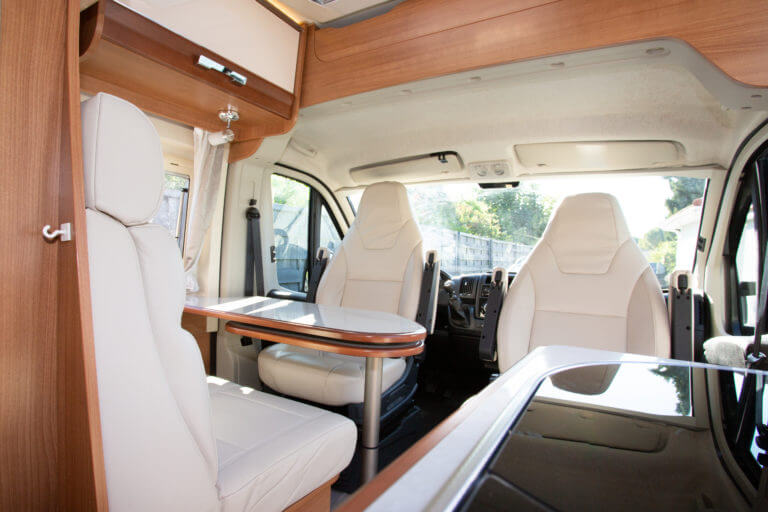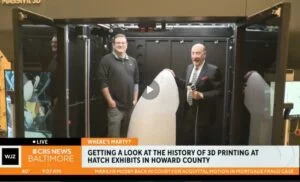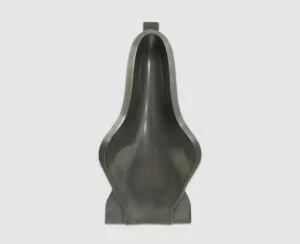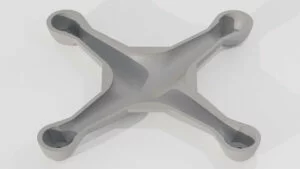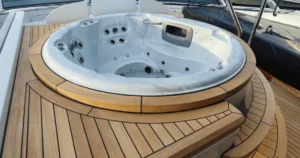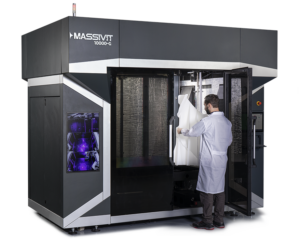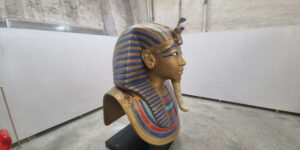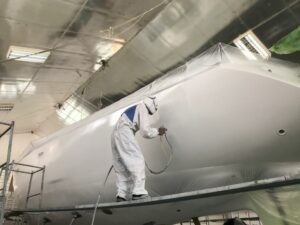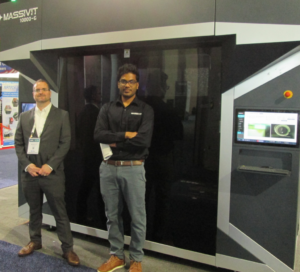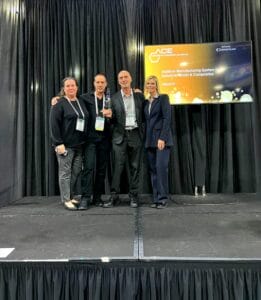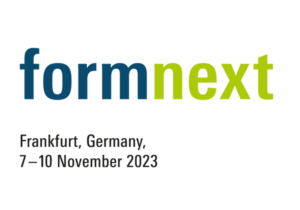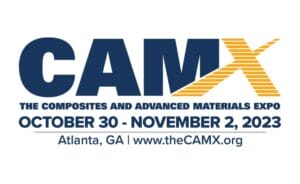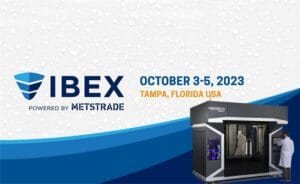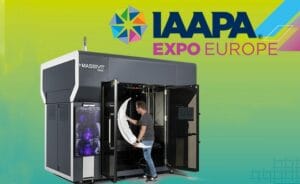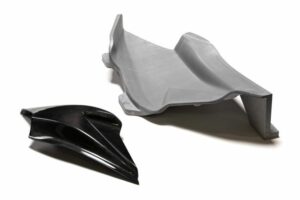When thinking about automotive manufacturing, many people may be surprised at how many ways 3D printing can affect the speed, durability, and creativity of the manufacturing process.
Let’s take a look at how 3D printing is shaping the automotive industry and how this technology is revolutionizing what it means to manufacture.
Already accelerating
Additive manufacturing adoption is growing across manufacturing facilities globally, evidenced by the increasing use of enterprises finding new applications for 3D printing, using CAD, simulation, and reverse engineering internally.
The 3D printing technology market in the automotive industry is expected to grow another 20% annually and reach $7.9 billion in spending by 2027. Currently, 20-30% of automotive companies are using 3D manufacturing technology in prototype building.
The market’s growth mainly depends on the supply chain of raw materials, spare parts for the printer, and extensive manual labor. Properly implemented into the overall manufacturing process, 3D printing can reduce up to 90% of manual labor, overall tool production costs, and waste of expensive material.
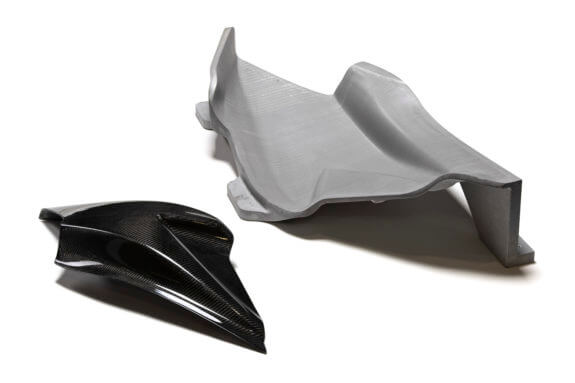
3D Printed Mold for Motorbike Fairing Panel
Automotive manufacturers know the value of speed
Automotive designers can use additive manufacturing to quickly fabricate a prototype of a physical part or assembly, from a simple interior element to a dashboard or even a scale model of an entire car. Rapid prototyping enables companies to turn ideas into convincing proofs of concept.
The possible parts these versatile machines are able to produce range from car seats to engine parts to interior and exterior frames that can withstand high-performance conditions. Many top international automakers have already implemented this technology into their workflow.
Companies like Ford, BMW, and Volvo have found that making their own parts at the facility is both quicker than waiting for suppliers to deliver these parts and more reliable than depending on global supply chains. In fact, Ford has reported saving billions of dollars and millions of man hours by replacing old manufacturing procedures with 3D printing.
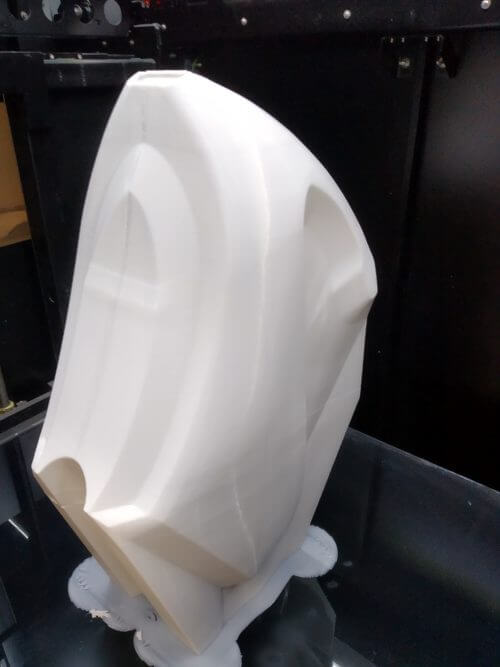
Motorcycle Nose 3D Printed on a Massivit 5000
Putting the “creation” in recreational vehicles
All this innovation really comes together when we start to look at the custom car market. Large, customized parts for customers and auto shows can be produced in a fraction of the time that it used to take. This upgrade plays a major role when we start to talk about large customizable vehicles such as RVs.
Recreational vehicles have been one of the fastest-growing sub-sectors in the automobile marketplace. Data shows that in 2019 alone, the RV industry had an overall economic impact on the US economy of $114 billion, supporting nearly 600,000 jobs. Because of area constraints within the vehicles, uninterrupted components are customized and produced to fit the design of individual RVs and vehicle owners.
Massivit printers are ahead of the pack
The automotive industry is turning to both the Massivit 5000 and 10000 large-scale 3D printers in order to achieve high quality results at incomparable speeds. The Massivit 5000 sets the benchmark for producing large-scale prototypes.
Combining SMART slicing software that allows the resolution to vary throughout the print with proprietary gel dispensing systems, Massivit machines produce large geometrically-complex parts within a matter of days, all while keeping costs low. This is an ideal combination for both rapid prototyping and design customization.
Along with these speed breakthroughs, Massivit printers achieve size breakthroughs. Shattering typical size limitations, Massivit printers maintain the ability to print very large pieces – up to 6 feet / 1.8 meters in length! Printing a full-sized car door for a model or prototype can be done in one piece instead of several, and accomplished in hours instead of days.
The Massivit 10000 printer can radically speed up production of parts with its revolutionary approach to creating molds. Creating a mold for a new automotive part typically takes a minimum of 19 steps which can take weeks or even months to complete. The Massivit 10000 cuts that timeline to days, by reducing the mold production workflow from 19 steps to 4 steps.
Using proprietary Cast In Motion dual head technology, the Massivit 10000 prints the outer shell while simultaneously casting a high-performance, thermoset epoxy material into that shell, forming a mold to be used in production for composite parts. The idea is to combine several timely processes into one mold that can be digitally printed, cured, soaked, and finished without any delay.
Whether 3D printing prototypes and customized parts or creating molds for composite automotive parts, Massivit printers are already impacting the car industry in a big way.


